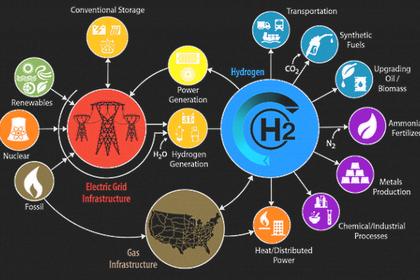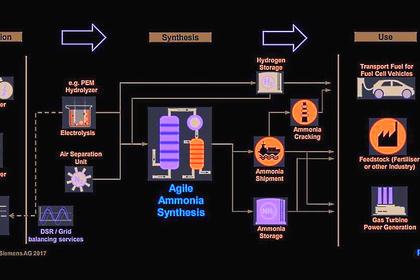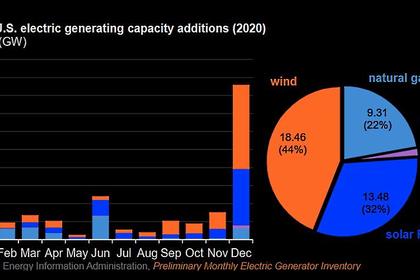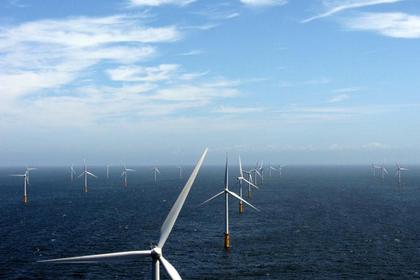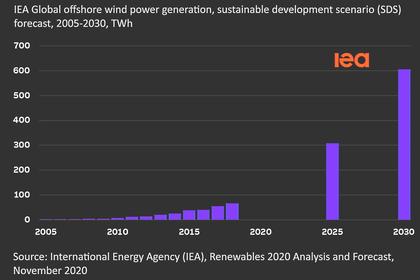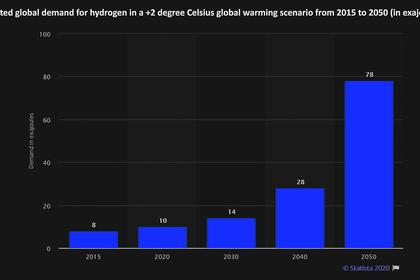
TRANSACTIVE ENERGY SYSTEM
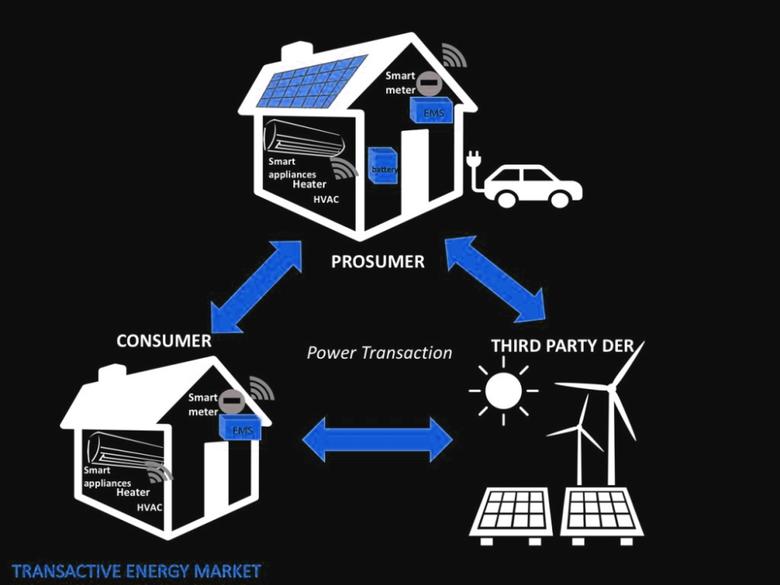
By David Wagman Journalist Independent Journalist and Analyst
ENERGYCENTRAL - Nov 30, 2020 - The Energy Department’s Pacific Northwest National Laboratory (PNNL) will test transactive methods that it says may help move the nation closer to a more cost-effective, clean, and resilient energy system.
Two separate projects focus on technology deployment in Spokane, Washington, and on simulations of the Electric Reliability Council of Texas (ERCOT).
PNNL says that a more transactive energy system can improve efficiency, cost, and delivery, as well as provide environmental benefits from the broader use of renewable resources. The approach also could reduce the amount of money spent updating and maintaining the nation’s energy infrastructure.
“Getting to the future transactive system will require advanced and automated control and coordination methods to enable the participation of flexible electrical loads,” says Hayden Reeve, PNNL program manager, at the research lab’s web site.
The effort in Spokane extends transactive energy management techniques developed in the PNNL-led Clean Energy and Transactive Campus (CETC) project to the city’s Eco-District and neighboring structures. The planned testing will refine techniques and help formulate a shared-energy model that other building owners and communities can use to implement transactive methods.
The project in Texas is a national impact study. It examines how rapidly emerging DERs can become more effectively integrated into the electricity distribution system and contribute to grid reliability and resilience. PNNL researchers are conducting large-scale modeling, simulation, and analysis based on ERCOT’s infrastructure footprint, with results then extrapolated to reflect national impact.
The Gridwise Architecture Council defines transactive energy as “techniques for managing the generation, consumption, or flow of electric power within an electric power system through the use of economic or market-based constructs while considering grid reliability constraints.”
In practical terms, transactive energy is an intelligent, multi-level communications approach that coordinates the actions of energy suppliers, customers, and delivery resources. As envisioned, the power grid, homes, commercial buildings, and DERs will “talk” to each other. Such interactions help mitigate transmission and distribution congestion, which reduces grid stress and improves reliability.
The Spokane test site includes solar panels, battery and thermal storage, and thousands of sensors throughout two buildings to track conditions in real time. The buildings were designed to interact and “talk” to each other—and to the grid—enabling energy management that maximizes building efficiency, makes the best use of the grid, keeps building occupants comfortable, and enhances energy affordability.
PNNL researchers plan to test several methods that turn buildings into flexible loads that benefit the grid by shaping and shifting peak electricity demand. The methods include:
- Intelligent Load Control, which enables devices such as heat pumps to respond to peak electricity use on the grid by automatically operating in sequences that quickly reduce building consumption and maintain functionality and comfort.
- Transactive Coordination and Control (TCC), a method that facilitates communication between buildings, their smart devices, the grid, and power markets to automatically and quickly negotiate power use and costs.
- A market-clearing mechanism, integral to TCC, that coordinates electricity requests from buildings and the energy supply.
- Automated Fault Detection and Diagnostics technologies that automatically identify operational issues in buildings and, in some cases, correct them, leading to improved energy efficiency.
PNNL has begun field work and simulations of grid service use cases that will be deployed in the field, with activities continuing into 2021.
-----
This thought leadership article was originally shared with Energy Central's Load Management Community Group. The communities are a place where professionals in the power industry can share, learn and connect in a collaborative environment. Join the Load Management group today and learn from others who work in the industry.
Earlier:
